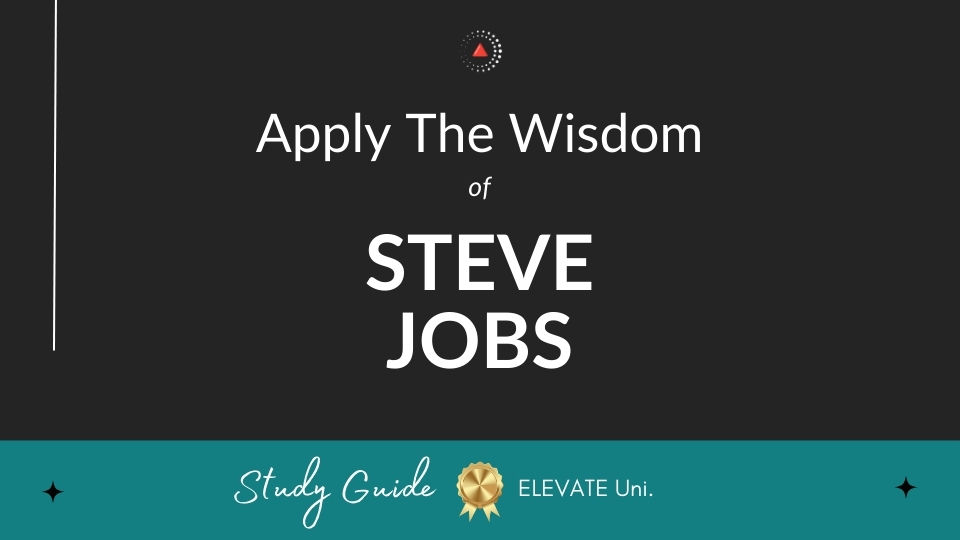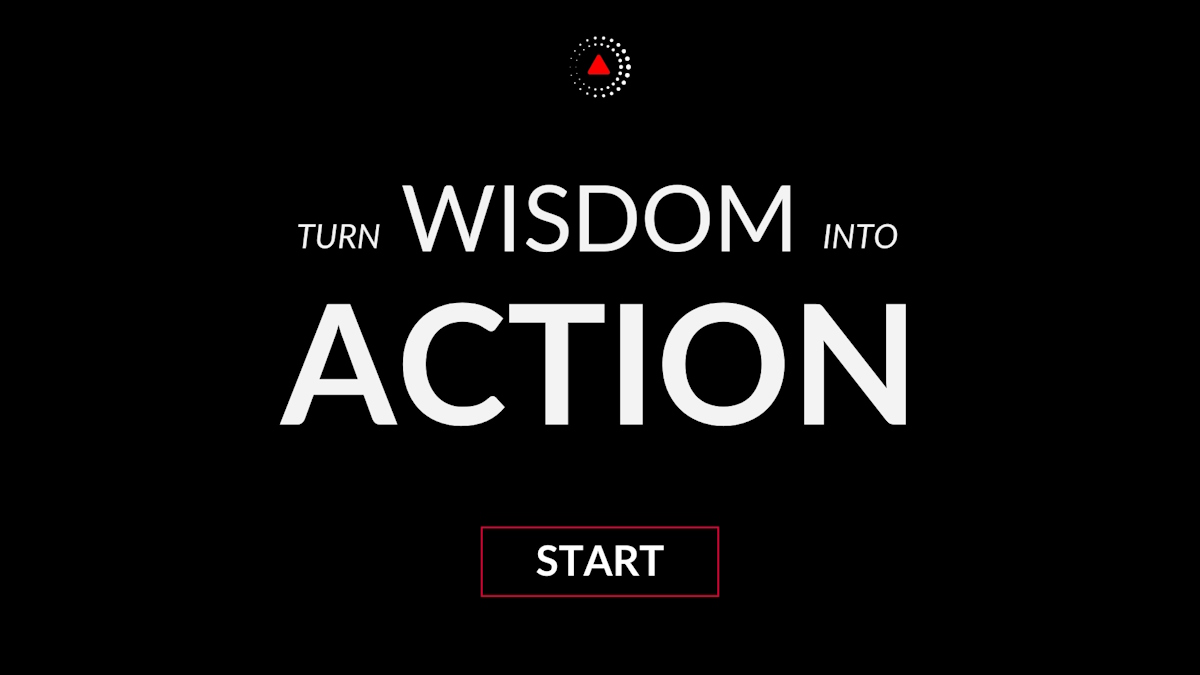Innovation is the ability to see change as an opportunity – not a threat
What's the meaning of this quote?
Quote Meaning: At its core, the quote emphasizes a mindset shift towards change. It encapsulates the essence of innovation, portraying it not merely as a process of creating something new, but rather as a way of perceiving the world and its transformations. The key lies in the interpretation of change – it can either be viewed as a daunting threat or as a promising opportunity.
Innovation, often hailed as the engine of progress, thrives in environments where change is not feared but embraced. It's about looking beyond the surface disruptions and seeing them as chances to adapt, evolve, and ultimately excel. Rather than being paralyzed by the uncertainties that change brings, innovative individuals and organizations perceive them as openings for growth and advancement.
In a rapidly evolving landscape, be it in technology, business, or society at large, those who adopt this mindset gain a competitive edge. They are not shackled by tradition or paralyzed by the fear of the unknown. Instead, they harness the winds of change to propel themselves forward. They understand that stagnation is the true adversary, and that by being open to change, they can uncover untapped potential and uncover new possibilities.
This perspective fosters a culture of creativity and resilience. Rather than resisting change, innovative minds eagerly seek out ways to leverage it. They see challenges as opportunities to innovate, to create solutions that not only address current needs but also anticipate future ones. It's this proactive stance towards change that allows them to stay ahead of the curve and lead the way in their respective fields.
Moreover, this quote speaks to the importance of mindset in fostering innovation. It's not merely about having the latest tools or resources, but about cultivating a way of thinking that is conducive to innovation. By reframing change as an opportunity, individuals can overcome the fear of failure and embrace experimentation. This mindset shift frees them to explore uncharted territories, to push boundaries, and to challenge the status quo.
In essence, the quote serves as a reminder that innovation is not just about what we create, but how we perceive the world around us. By seeing change as an opportunity rather than a threat, we unlock the potential for growth, transformation, and progress. It's a call to embrace uncertainty, to adapt with agility, and to harness the power of change to shape a better future.
Who said the quote?
The quote "Innovation is the ability to see change as an opportunity - not a threat" was said by Steve Jobs (Bio / Quotes). Steve Jobs was a visionary entrepreneur and co-founder of Apple Inc.
What are Steve Jobs' Best Quotes?
Watch on Elevate's YouTube channel and be sure to subscribe for more wisdom and insights from the world's top minds.
Subscribe on YouTube to get the latest quote videos delivered straight to you:
Is there a historical example that illustrates the message of the quote?
A vivid historical example that illustrates the quote "Innovation is the ability to see change as an opportunity - not a threat" is the story of how Apple Inc. evolved under the leadership of Steve Jobs in the early 2000s.
In the late 1990s, Apple was struggling. The company faced declining sales and lacked direction. The market was dominated by competitors with strong, established footholds, and Apple seemed to be on the verge of obsolescence. However, instead of viewing this challenging period as a threat, Steve Jobs saw it as an opportunity for innovation.
When Jobs returned to Apple in 1997, he was determined to revitalize the company. His approach was to embrace change and leverage it as a springboard for new ideas. He recognized that the technology landscape was shifting rapidly, and instead of resisting these changes or fearing them, he sought to harness them to create groundbreaking products.
One of the pivotal innovations was the development of the iMac, introduced in 1998. The iMac was not just a new computer; it was a bold reimagining of what a computer could be. Its design was radically different from anything on the market—colorful, compact, and user-friendly. This departure from traditional computer designs was not met with universal acclaim at first. Many critics saw it as risky and unconventional. However, Jobs and his team saw it as an opportunity to redefine consumer electronics. The iMac's success helped Apple regain its footing and set the stage for future innovations.
Jobs continued this mindset with the introduction of the iPod in 2001, the iPhone in 2007, and the iPad in 2010. Each of these products represented a significant shift in their respective markets. Jobs viewed the rapid changes in technology and consumer behavior not as threats but as chances to pioneer new ideas and create products that would revolutionize industries.
The success of Apple under Jobs' leadership demonstrates how viewing change as an opportunity rather than a threat can lead to remarkable innovation and transformation. By embracing change and using it as a catalyst for new ideas, Jobs and Apple were able to redefine entire markets and establish themselves as leaders in the tech industry.
How can the quote be applied in a real-life scenario?
Applying the quote "Innovation is the ability to see change as an opportunity - not a threat" in a real-life scenario can be transformative for both individuals and organizations.

Imagine a small business owner who has been running a traditional bookstore for years. The rise of digital technology and e-books has led to a decline in physical book sales, and many in the industry see this shift as a threat. The business owner, however, decides to view this change as an opportunity rather than a challenge.
Instead of resisting the trend or fearing it, the owner explores ways to innovate and adapt. They decide to expand their offerings beyond physical books to include e-books, audiobooks, and even digital reading accessories. They introduce a cozy reading space within the store where customers can experience new book formats firsthand. Additionally, they develop an online platform where customers can purchase both physical and digital books, creating a hybrid model that caters to changing preferences.
The bookstore also hosts events such as author signings, book clubs, and literary workshops, turning the store into a community hub for book lovers. By embracing the changes in the market and adapting their business model, the bookstore not only survives but thrives. They attract new customers who value both the traditional experience and the convenience of digital options, and they foster a sense of community that adds value beyond just selling books.
This example illustrates that by viewing change as an opportunity, rather than a threat, individuals and businesses can find innovative ways to adapt and grow. Embracing change opens the door to new possibilities, helps overcome challenges, and can lead to significant advancements and successes.
Applying the quote to your life
Unlock Jobs' wisdom and apply it to your life by getting the in-depth Steve Jobs Workbook & Study Guide, complete with top quotes, insightful commentary, reflective questions, and practical uses for everyday life. 👇
To apply more wisdom, get the All-Access Pass, which includes hundreds of study guides from the world's top minds. These include deep insights from individuals such as Nelson Mandela, Steve Jobs, and Albert Einstein, as well as some of the top authors and personal development books.
Chief Editor
 Tal Gur is an author, founder, and impact-driven entrepreneur at heart. After trading his daily grind for a life of his own daring design, he spent a decade pursuing 100 major life goals around the globe. His journey and most recent book, The Art of Fully Living, has led him to found Elevate Society.
Tal Gur is an author, founder, and impact-driven entrepreneur at heart. After trading his daily grind for a life of his own daring design, he spent a decade pursuing 100 major life goals around the globe. His journey and most recent book, The Art of Fully Living, has led him to found Elevate Society.























